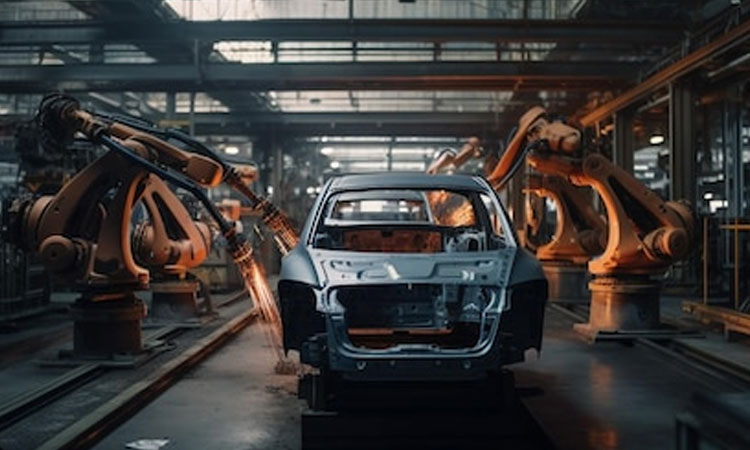Chassis parts machining, involving the manufacturing processes for critical components like suspension parts, frames, and brakes, plays a pivotal role in ensuring vehicle stability, handling, and safety. As automotive manufacturers strive to meet evolving consumer expectations for performance, comfort, and safety, the chassis parts machining sector is witnessing several trends that are reshaping the landscape of chassis component production.
1. Lightweight Materials Integration:
The demand for lightweight chassis components is driving the adoption of advanced materials such as aluminum alloys, high-strength steels, and composites. These materials offer a high strength-to-weight ratio, contributing to improved fuel efficiency and enhanced vehicle dynamics. Machining processes are evolving to accommodate these materials, with a focus on precision machining techniques that maintain structural integrity while reducing weight.
2. Precision Machining for Enhanced Performance:
With the increasing complexity of chassis systems and the demand for superior handling characteristics, precision machining is essential to ensure optimal performance and reliability. Advanced machining technologies such as Computer Numerical Control (CNC) machining and multi-axis machining enable manufacturers to achieve tight tolerances and intricate geometries required for precise fitment and alignment of chassis components. Additionally, the integration of metrology and quality control systems ensures consistent part quality and dimensional accuracy.
3. Advanced Suspension System Components:
Suspension systems play a critical role in vehicle stability, ride comfort, and handling. Trends in chassis parts machining are focused on producing advanced suspension components such as control arms, ball joints, and shock absorber mounts with improved durability, performance, and adjustability. Precision machining techniques and advanced materials enable the production of suspension components that offer superior damping characteristics, reduced friction, and enhanced ride quality.
4. Evolution of Brake System Components:
Brake systems are fundamental to vehicle safety and performance, and advancements in chassis parts machining are driving innovation in brake component production. Machining processes such as brake rotor turning, brake caliper machining, and brake pad manufacturing are evolving to produce components with superior braking performance, heat dissipation, and durability. Additionally, the integration of lightweight materials and advanced coatings enhances brake system efficiency and longevity.
5. Integration of Smart Manufacturing Technologies:
The integration of smart manufacturing technologies such as Artificial Intelligence (AI), Internet of Things (IoT), and machine learning is revolutionizing chassis parts machining processes. AI-driven algorithms analyze machining data in real-time to optimize cutting parameters, predict tool wear, and improve process efficiency. IoT-enabled sensors monitor machine performance and product quality, enabling predictive maintenance and reducing downtime.
6. Embracing Sustainability:
Sustainability considerations are influencing chassis parts machining practices, with manufacturers adopting eco-friendly machining techniques and materials. Dry machining, minimum quantity lubrication, and the use of recyclable materials minimize environmental impact and reduce waste generation. Additionally, energy-efficient machining processes and the implementation of renewable energy sources contribute to a more sustainable manufacturing ecosystem.
Chassis parts machining is undergoing a period of rapid innovation driven by advancements in materials, precision machining techniques, smart manufacturing technologies, sustainability initiatives, and the quest for superior vehicle performance and safety. Manufacturers that embrace these trends and invest in cutting-edge machining processes will be well-positioned to meet the evolving demands for high-performance chassis components that enhance vehicle stability, handling, and ride comfort.
image courtesy : Designed by Freepik



